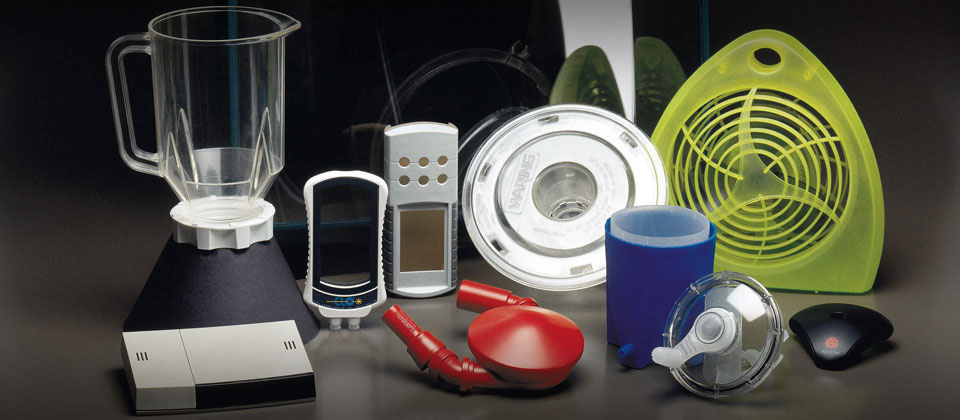Rapid Prototyping 3D printing is defined as a collection of technologies used to quickly produce component scale models or component selection using CAD data (3-dimensional computer-aided design).
What this actually means is that a computer-generated design from a 3D design software package is translated into thin horizontal slices.
These layers are made one by one to create a real physical model where the layers are joined together or fused automatically to make the final model.
This is the process of 'what you see is what you get' where the virtual model is almost identical to the physical model. Rapid production of prototypes provides cost-effective software prototyping services with optimal utilization of the available resources.
This gives technology a fundamental advantage over traditional techniques because it can create almost all features or geometric shapes, in a number of colors and structures.

The word Rapid is relative because some 3D print models only require a few hours to build while others may take several days. The time needed to build depends on the size, complexity, and technique used.
There are various methods that can be used to store material and which is best for your project will depend on what you want from your model. :
- Stereolithography (SLA)
- Selective Laser Sintering (SLS)
- 3D printing (3DP)
- Fused Deposition Modeling (FDM)
All of these techniques require a second material known as a supporting material, which allows tapered and overhang surfaces to be produced as 'growing' components.
These come in various forms which can be in the form of powder, liquid, wax or even model material which must be cleaned or removed from the model afterward.
Some machines produce a support structure for you so that you have no control over where it goes, whereas other machines you have to manually produce supporting material using special software.
